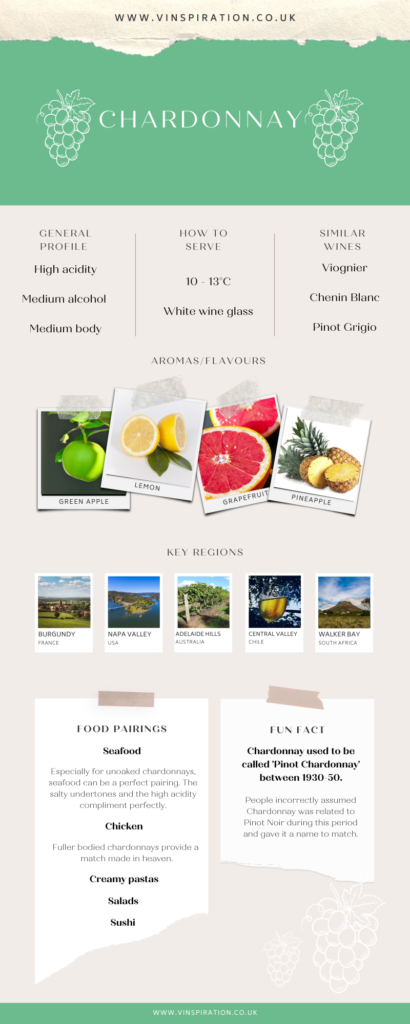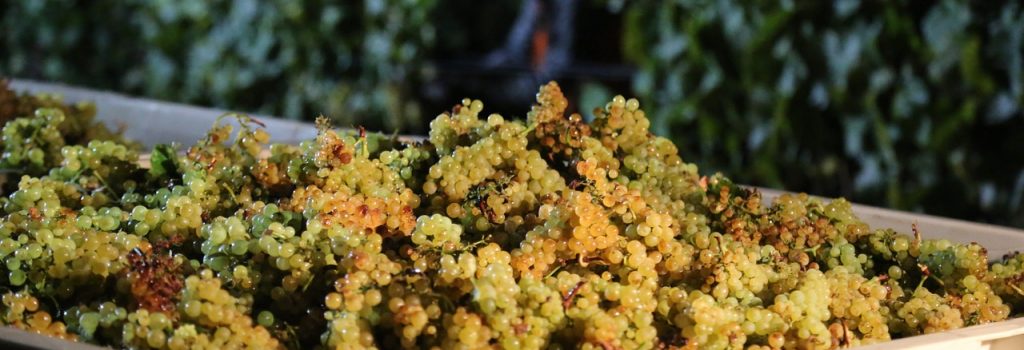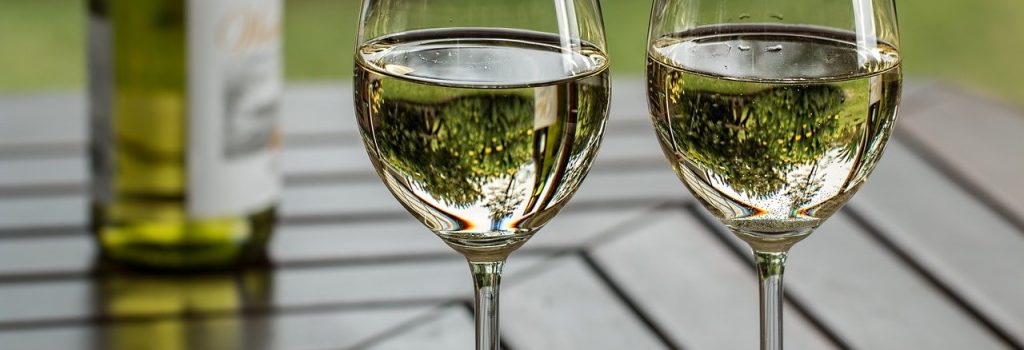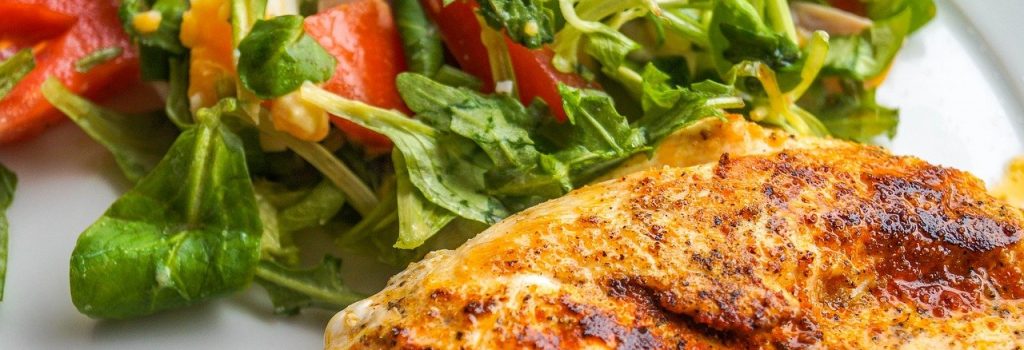
Chardonnay; the universal grape
“Everyone can commit to 20 minutes, especially if there’s a glass of Chardonnay afterwards.” – Kate Winslet
The basics
Chardonnay is a green grape, that can grow in cool, moderate and warm climates – making it extremely versatile. It is the fifth most planted grape variety worldwide and the second most planted green grape variety (after Airén). It is used in the production of white wine, although it can be blended with red wines, notably Pinot Noir, for the production of champagne.
Originating in Burgundy, Chardonnay is grown all over the world and is vastly considered a great entry-level wine for winemakers all over the world.
If you’re looking for a versatile white wine, you can’t go wrong with Chardonnay. Chardonnay can be made in various styles and exhibit various flavour profiles.
Cool climate
Chablis (France) /Champagne (France)/ Okanagan Valley (Canada)
Chardonnays from cool climate regions often are categorised by having flavour of green fruit, citrus and minerality.
They are high in acid as the grapes struggle to ripen and retain sugar in the colder weather. They are light to medium body.
Moderate climate
Sonoma coast (California)/ Cote D’Or (France)/ Hawke’s Bay (New Zealand)
Moderate climate Chardonnays tend to exhibit more stone fruit and lighter tropical flavours – think apricot, peach and melon.
The acidity lowers slightly, but is still medium to high with a fuller mouthfeel than the cooler climate Chardonnay.
Warm climate
Napa Valley (California)/ Margaret River (Australia)/ Walker Bay (South Africa)
Warm climate Chardonnay is prized for its prominent stone fruit and tropical fruit flavours (pineapple and banana).
It’s full bodied, usually with higher alcohol levels, and medium acidity. Warm climate chardonnays are often oaked.

Where does Chardonnay grow?
Chardonnay is from all over the world and grows in nearly every winemaking region. It is considered in many respects the universal grape in its ability to grow in every type of climate – be it cool, moderate or warm.
The grape originates from Burgundy, and as a results, a significant amount of plantings can be found in France. It has also become the signature grape from the Napa region of California, USA. It can also be found in Chile, Australia, Argentina and South Africa. But a full list of the key planting regions can be found below.
The key to producing Chardonnay is mitigating the factors surrounding its growth. What does that mean? It means that Chardonnay is very easy to manipulate and influence. Chardonnays grown in cool climate that lack acidity can go through Chaptalisation (or Enrichment) to add sugar to the wine. Similarly, Chardonnays in warm climates often undergo acidification to balance out the grape’s ripeness and resulting high sugar levels. Chardonnay has also become synonymous with malolactic fermentation, allowing the wine to taste like butter or cream.

Which countries produce Chardonnay?
Burgundy, France
Chablis
Côte d'Or (Cote de Nuits/Cote de Beaune)
Côte Chalonnaise
Mâconnais
The most expensive Chardonnays in the world come from the Burgundy region of France. The Grand Cru vineyards of the Côte d’Or include the most recognised names in the world of wine, such as Domaine De La Romanée-Conti – whose Chardonnay averages at £7,000 per bottle. Similarly, labels bearing Montrachet or Puligny, even at the ‘Village’ or ‘Premier Cru’ level cost the consumer huge sums or money.
The concept of terroir is extremely important to Chardonnays from Burgundy, with each wine produced here thought to be an expression of the soil in which the grapes were grown. The northernly appellation of Chablis produced unoaked Chardonnays, fermented in inert vessels. These wines are very high in acidity and produce overt citrus fruit flavours – as well as a distinctive minerality.
Further south, the areas of Côte d’Or, comprised of the Cote de Nuits and the Cote be Beaune, has a slightly more moderate climate. The chardonnays from this region are gorgeous, complex wines with ripe citrus fruits and punchy stone fruit flavours. Keep an eye out for the regions of Puligny-Montrachet AOC and Mersault AOC, these Villages produce particularly prized examples of Chardonnay.
The Côte Chalonnaise and Mâconnais are fantastic options for those after more affordable Burgundy whites. Wines from Pouilly-Fuissé AOC offer lightly oaked, stone fruit focused options – with a rich mouthfeel and medium acidity.
California, USA
Napa Valley
Sonoma
Carneros
Santa Barara County
Monterey County
California Central Valley
California is renowned for growing some of the best Chardonnays in the world. It was the renowned Judgment of Paris that was hosted in Paris in the 1976 that saw Californian wines rise to acclaim, with several wines beating their French equivalent in a series of blind tastings. Chardonnays from California developed a bad reputation in the 1980s by developing overtly buttery wines that tasted like they had been soaked in oak. However, producers have begun to make wines more in the Burgundy style, with a judicious use of oak.
In California, due to the warm climate, Chardonnay producing regions often have moderating influences to ensure the grapes don’t over ripen. For example, the Carneros region is cooled by morning fog that rolls in from the San Pablo Bay near San Francisco. The areas also benefit from their proximity to cooling breezes from the Pacific Ocean.
Australia
Adelaide Hills
Yarra Valley
Margaret River
Australia produces Chardonnays that are high quality for affordable prices. In South Australia, the Adelaide Hills and Yarra Valley regions provide well balanced wines with warmer, stone fruit flavours (peach, apricot, melon), as well as tropical fruit (pineapple and mango). They are the perfect balance between old world lightly oaked Chardonnays and more substantive American oak use. Similarly, Margaret River produces similar styles of Chardonnay with more prominent tropical fruit flavours. All of the regions benefit from moderating cooling breezes from nearby coastlines.
South Africa
Walker Bay
Stellenbosch
Franschhoek
South African Chardonnay is another excellent New World option, providing reasonable prices and outstanding quality. Although the majority of Chardonnay coming out of South Africa comes from bulk-producing, inland regions, areas like Walker Bay are producing some outstanding examples. Usually blended with Chenin Blanc, wines from South Africa can exhibit stone fruit and tropical fruit qualities and medium acidity/body.
New Zealand
Marlborough
Hawke's Bay
New Zealand’s ability to grow the two Burgundy grapes is unparalleled as the country continues to produce gorgeous, well-balanced Pinot Noirs and Chardonnays. Chardonnays from New Zealand benefit from its Southernly latitude and moderating climactic influences – such as several mountainous regions and island breezes. Chardonnays from New Zealand tend to have citrus and stone fruit flavours with a high acidity.
Chile
Casablanca Valley
Central Valley
Chilean wines are extraordinary value and this New World wine region is producing Chardonnays of a high calibre. Wines from these areas benefit from cooling coastal breezes and produce wines with light oak flavours and stone, tropical and brine-y flavours.

Food pairings for Chardonnay
Chardonnay is a wonderfully versatile grape meaning you can often find different styles of wine to pair with a range of dishes. Consider whether the wine is oaked or unoaked, from a warmer or cooler climate, and if it is high in acid when considering your own food pairings. Vinspiration has done some of the work for you as we recommend some of our favourites:
Poultry
Steaming, freshly-cooked, homemade roast chicken. Gosh, heavenly! Chardonnay works particularly well with this as it often homemade chicken is lifted with the presence of oak. Mixing the lighter, white meat with a full bodied and gorgeous glass of wine.
Pair with: Oak-forward wines from California (Russian River Valley) or Australia (Margaret River).
Salmon (and sushi)
Salmon’s less delicate texture, compared to white meats like sea bass, tastes gorgeous when paired with Chardonnay. Especially unoaked Chardonnays that lean towards more citrus and stone fruits which act as a lovely palate cleanser, particularly if they have been prepared with a cream sauce.
Pair with: Lightly-oaked wines from the Mâconnais, such as Pouilly-Fuissé or a Chardonnay from the Marlborough region of New Zealand.
Shellfish
With the right type of Chardonnay, Shellfish works incredibly well with this wine. Think Lobster, prawns, mussels or anything that would go straight from the sea to the plate.
Pair with: Chablis or another unoaked Chardonnay
Soft cheese
The mix between high acid and additional butter-led flavours from Chardonnay’s oak influences will pair beautifully with lots of different cheeses. Try soft cheeses especially like Camembert, or semi-soft cheeses, such as Gorgonzola or Cambozola.
Pair with: Slightly fruity, high acid Chardonnays, such as wines from Adelaide Hills or Yarra Valley, Australia.
Pork
Whoever said pork and white wines couldn’t mix were wrong! I mean, did someone even say that or am I just trying to make a point here? Basically, the heavenly mix of pork chops and a slightly oaked chardonnay at a BBQ is one step closer to wine-topic.
Pair with: More medium bodied wines, something from Hawke’s Bay or the South of France will work.
